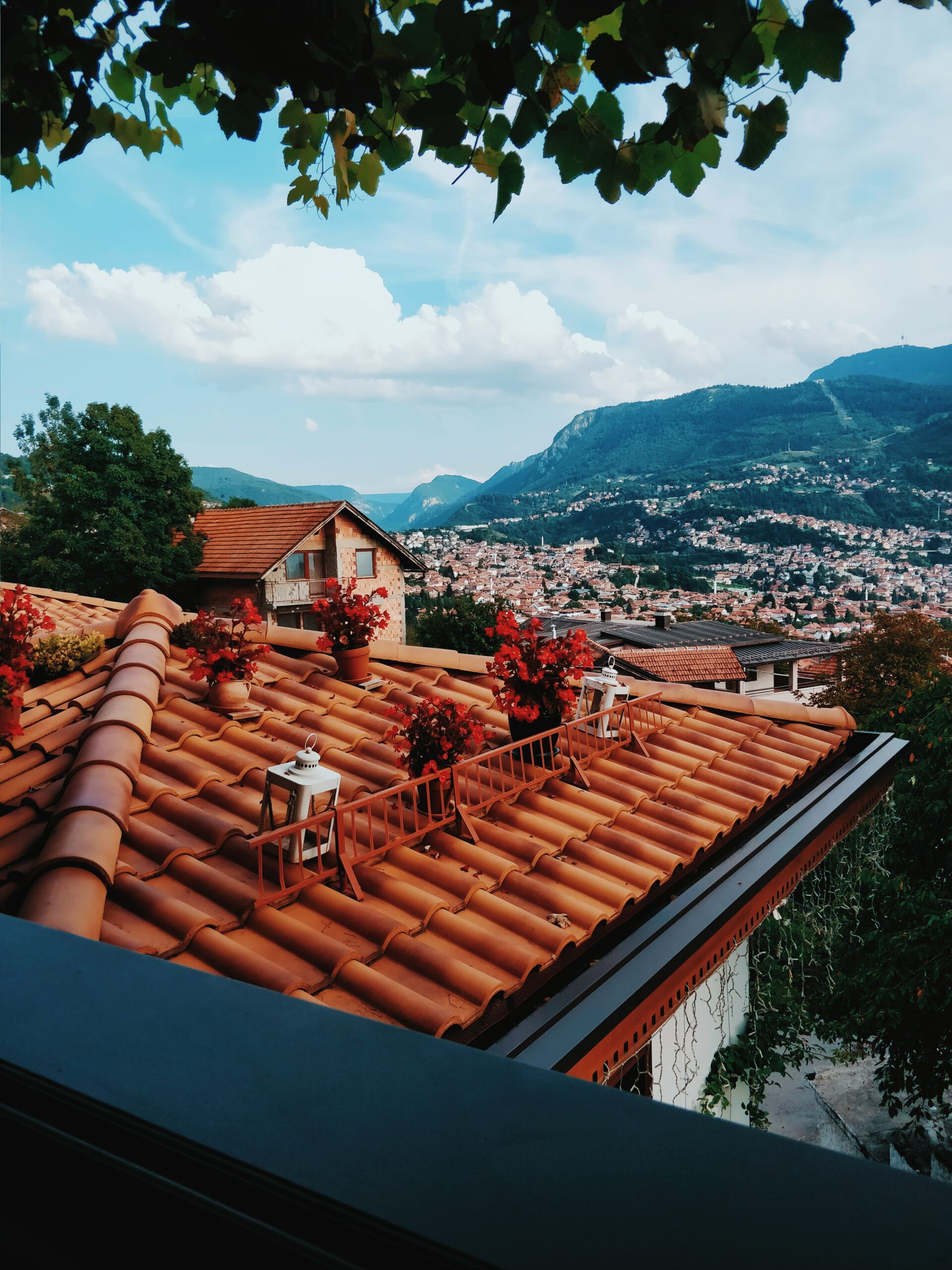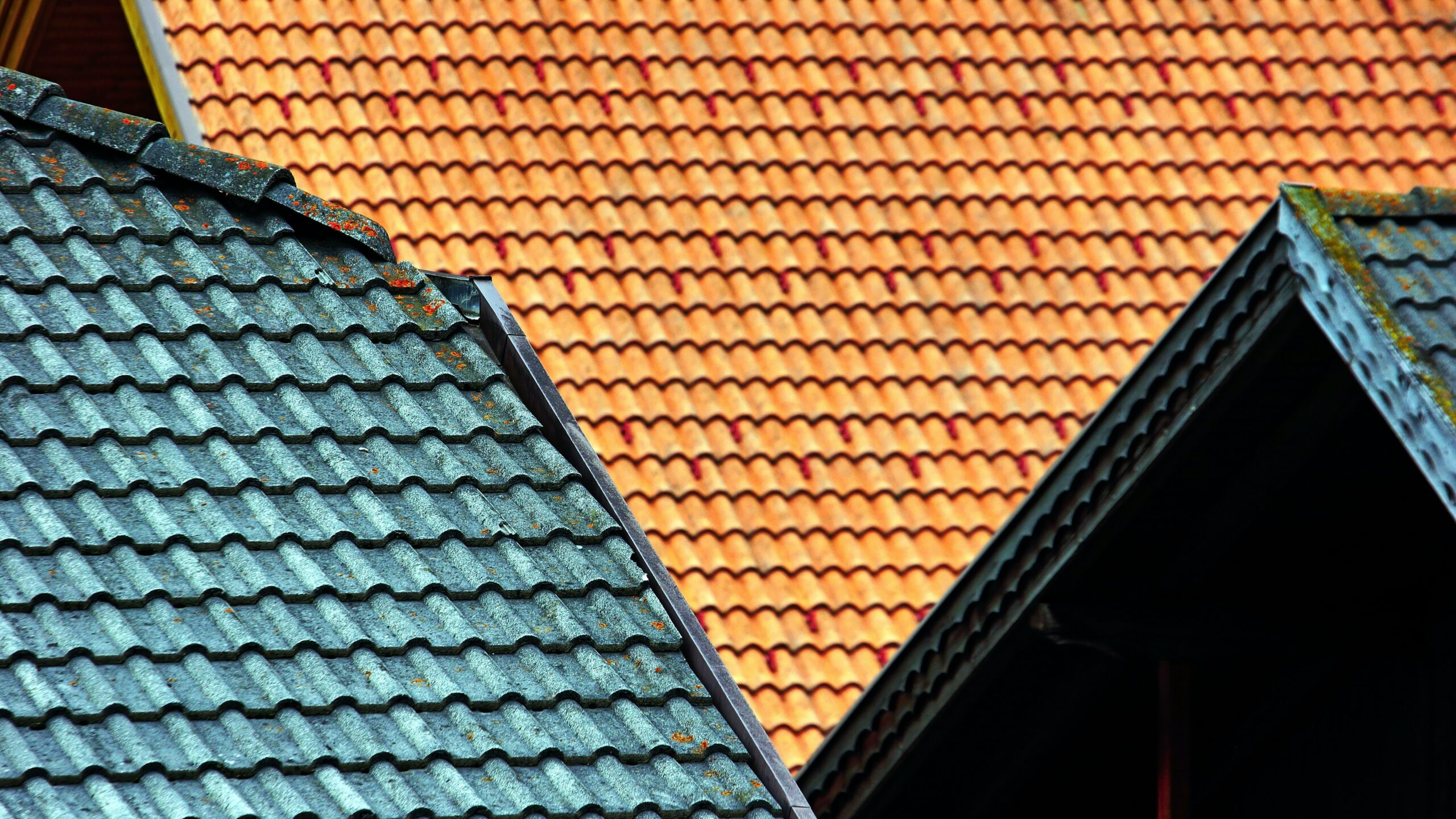The roofing gets dirty and ages over time. In order to keep it looking beautiful as long as possible, it must be maintained – these works include washing the roof. Some roofs need cleaning more than others. See what they are in and how to care for them. The roof is covered with an umbrella stretched over the building. It protects it from sun, wind, rain, and snow. Dust, needles or rotting leaves, and various other dirt also settle on it. Algae and mosses are frequent visitors, especially if the building is in a shaded place. Some roofing materials, such as thatch, copper sheet, and zinc-titanium sheet practically do not require any roof maintenance, apart from periodic inspections.

Others need to be washed at least every few years. Some of them may also qualify for the removal of green organic blooms, although there are investors who treat mosses and algae as a natural patina that adds charm to the roof maintenance. Most, however, prefer not to allow them to grow, and if it does, try to wash the unwanted “decoration” from the roof surface.
Roof Maintenance And Cleaning: Removing Mold, Lichen, Algae From The Covering
Algae and mosses like porous substrates: natural or mat finished tiles, sheet metal with a matt coating, fiber cement boards, steel flat sheet. They avoid bituminous roofs, glazed tiles, and shiny metal sheets. Their natural enemies are copper and zinc-titanium alloy. If the green bloom is small, it is often enough to wash the roof surface several times with water and detergent.
After such treatment, it is worth covering the cover with a biocidal preparation that hinders fouling. Larger tarnish is removed with special chemicals. Before applying some preparations, the tarnish must be pre-sprayed and removed with a brush. Others are applied immediately to the dry coating surface.
An interesting way to deal with mold and lichen on the roof, although not very common, are tapes, strips, or wires made of copper or zinc like downers grove roofing does. They can be used for cleaning ceramic, cement, and metal roof tiles. They are installed right next to the ridge of the roof, on each of its slopes.
Falling rain releases copper or zinc oxides. Water distributes them all over the roof. However, this method can only be used as a prophylactic treatment. It will not clean an already overgrown roof.

Attention! Copper strips cannot be used on zinc surfaces as they will lead to corrosion. Therefore, it is also necessary to check what material the flashings and gutters are made of.
Washing The Roof Maintenance
High gloss materials are the easiest to clean. It is more difficult to get rid of dirt from textured, matte, sprinkled roofs. To clean the roof, it is worth using a pressure washer with a so-called active foam dosing function. Such washing is identical to washing the car body. You have to remember to start from the highest point of the roof, i.e. from the ridge, and go down to the lowest.
Stubborn dirt can be removed with chemicals. What? You need to find out from the manufacturer in order to avoid those that may discolor the roofing. Professionals advise against using dishwashing liquids, as most of them contain polishes and additives that protect the skin, such as oily lanolin. After washing, the detergent must be thoroughly washed with clean water.
If you have any questions or would like further information, please contact us immediately.

